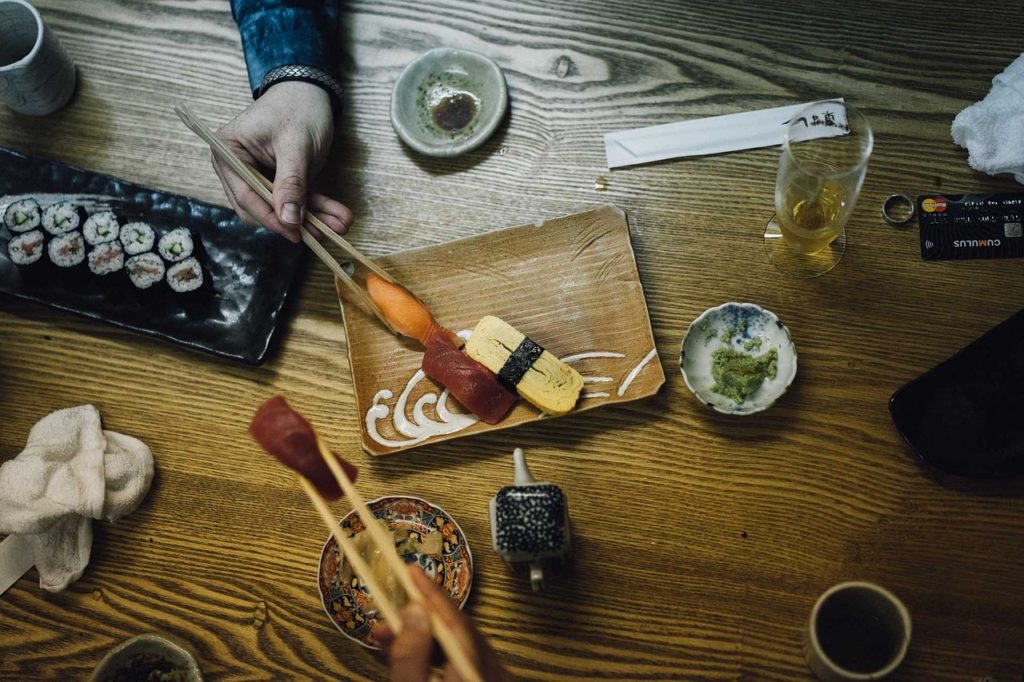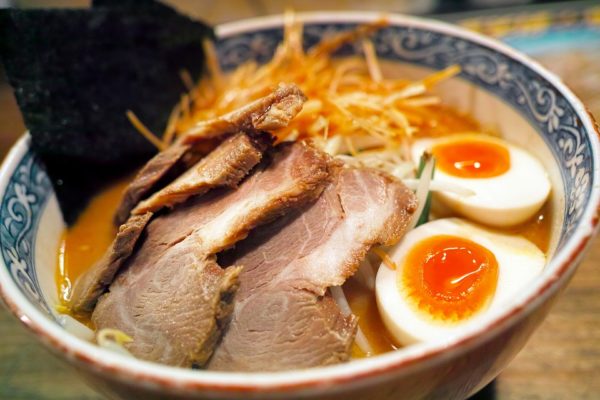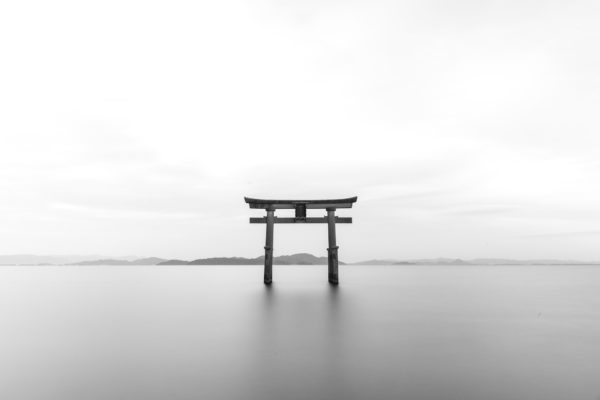Much like how there are certain rules to follow when you wine and dine at a fancy French restaurant, having a meal in Japan requires some basic knowledge of etiquette. This is especially true when dining at an expensive sushi restaurant, or at a Japanese friend’s wedding reception. Here are some simple tips to know and follow so you’ll never commit a faux pas.
History of Japanese Table Manners
While the Japanese might have adopted the chopsticks and spoon from ancient China, they have, over time, developed a unique way of eating, wherein the diner holds the chopsticks in one hand and the rice bowl in the other. In contrast, people in China hold chopsticks and a spoon, with the rice bowl resting on the table.
This practice came from monks in temples in the 13th century, based on the idea that dining should not be accompanied by the unpleasant sound of clinking utensils. In addition, the idea of bringing food up to the mouth, instead of vice versa, was considered good manners, since it was the opposite of how animals usually eat (snout in food bowl).

Utensil placement
Correct placement of utensils is essential in Japanese table manners, and is one of the first things a new waiter at a restaurant must learn. The basic rule is to lay the chopsticks horizontally on the serving tray, closest to the diner, with the head pointing to the right. The rice bowl is to be placed on the left, and the soup bowl on the right. In a set with udon or soba, this takes the place of the soup bowl on the right.
As mentioned above, hold the rice bowl in your left hand while eating. Place your thumb on the rim of the bowl, then use the remaining fingers to scoop the bowl up from the base and support it. This allows you to hold bowls easily, even when it contains hot liquids like miso soup. Exceptions can be made for heavy trays, bento boxes, or Chinese dishes such as noodles or ramen, where it is alright to leave the bowl on the table.
Many Japanese restaurants serve miso soup in a bowl with a lid. When lifting the lid off, make sure to hold it upside down so that no condensation on the lid falls onto the table. When finished with the soup, replace the lid back onto the bowl. While some people place the lid back on upside down, it is good etiquette to place it back on properly, to show respect for the artwork painted on the lid.
If eating a meal with different courses served on small dishes, remember not to gather all the dishes into a stack when you are done. Leave them as is on the tray.
Chopstick use
Chopsticks hold a special meaning in Japan. It is believed that each person should own their own pair, because a part of the user’s soul will move into and reside in the chopsticks. Therefore, the correct use of chopsticks is encouraged in all Japanese from a young age.
While most meals are to be eaten with chopsticks, it is no problem for foreigners to request for a fork and spoon instead. (Do note that some restaurants which serve food on expensive crockery may deny your request, for fear of damaging the artwork etched onto the bowls and plates.) Some foods, such as sushi or crab legs, can be eaten with bare hands.
In cheaper restaurants where wooden disposable chopsticks are provided, be sure not to break them apart over your food tray. Bring the chopsticks over onto your lap and break it quietly out of sight under the table. Should you drop your chopsticks or any other utensils during a meal, it is good manners to leave it and call for a waiter to get a new pair, rather than stooping over to retrieve it yourself.
As a foreigner, it is perfectly alright to use the chopsticks however you can to eat. The only thing to note is that using the chopsticks to stab at the food is a big no-no.
After the meal, return the chopsticks into the paper bag if it came in one, or leave them on the chopstick rest provided.
Basic dining rules
Here are some other simple rules you can follow to ensure that you display good table manners.
– For a course meal with many small dishes, make sure to finish one dish fully before moving on to the next. The Japanese believe that this allows the diner to enjoy the full flavor of each dish.
– Try as much as possible to finish all the food on the table. However, soup from ramen, udon or soba dishes need not be finished.
– When eating a ricebowl with toppings (tempura, teriyaki chicken, etc.), do not mix the rice with the other foods. Only foods such as curry and raw egg can be mixed in with the rice.
– It is alright to slurp noisily at miso soup or noodles.
– Aside from slurping, try to eat as noiselessly as possible. Avoid clinking utensils together or speaking too much when eating.
– If you’d like extra rice, remember to leave a single mouthful in your current bowl. This is a signal to the server that you’d like more. Emptying your bowl is a sign that you are full and finished with the meal.
With these rules, you’ll be dining like a true Japanese in no time.



